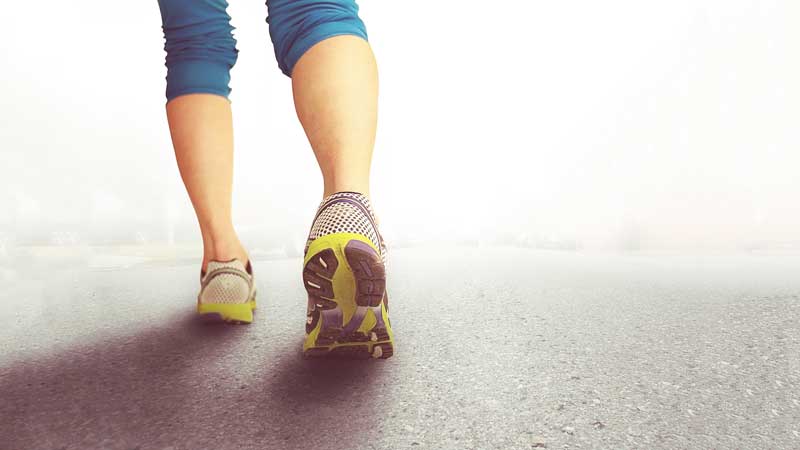
Hip extension is the name of the game in athletic development. It is the thrust that drives your athlete forward or up, or both. The stronger or more powerful your thrust, the faster and farther you will go. This is the path that has driven our industry. Some people think the way to develop hip extension is through powerlifting. Hence, the rise of the weight room in athletics. Boyd Epley, Bigger, Faster, Stronger, and a whole bunch more have made a fortune on this concept. Get into the squat rack and start cranking out the squats. ATG, parallel, pause, wide stance, narrow stance, high bar, etc., all are trying to drive hip extension, so we have more explosive, powerful athletes. Throw in the Nautilus machine for hip extension. Remember that one, lie on your back and scissor your legs against the counter-balance? It was a great concept.
Olympic Lifting for Hip Extension
When research surfaced that showed Olympic lifters had a block time similar if not better than sprinters, the war began between coaches who hated the Olympic lifts and those who swore by them. Yes, that was a debate for a couple of years. When NSCA finally took sides on the issue, they became “institutionalized,” which of course opened up a whole new realm of training techniques, DVDs, certifications, and, why not, kettlebells and the rise of that industry. Now, we have cleans, snatches, and pulls, all with the goal of driving hip extension.
The Glute
The next phase was on to Bret Contreras with the hip extension exercise and research. Here is a guy who put some research behind the movements and then wrote about it in his variety of books, which I own and recommend people read. The power muscle is the glute max, and his work shows the most efficient way of developing that muscle. I like his work so much that some of the movements in his book are staples of our weight room workouts. I have yet to see a great athlete who did not have great gluteal development. Some of you will ask about the skinny guy who can run and jump. Put him face down on a table and see the proportion of his glutes to the rest of his body, and you will see that he has a well-developed gluteal muscle. However, no pun intended–I can’t pass on cheap puns–I like to make an ass of myself. I have also had athletes that have great glutes but are still not explosive, and this is where it gets interesting.
The Ankle
On the other end of the chain is the ankle. It is a very complex joint that has a bunch of muscles that do a bunch of things. There is nothing glamorous about it. It does not “sell” in advertisements. However, you will never see a model with a “cankle.” And certainly, you do not see debates over the proper way to train ankle function. In fact, everyone seems to leave the ankle alone (Maybe throw in some calf raises and everything will be OK). Its purpose is crucial in the gait cycle. In fact, I would say it is the most important aspect of the gait. But still, we leave it alone.
Gait Cycle
In the gait cycle, a person is on one leg. While on that leg, the body has to find out a way to move the body’s mass forward. So, how can the body move the mass forward in the most efficient way and create momentum forward. The most efficient way to do so is to go through the “rocker” cycle. There is heel rocker, ankle rocker, and forefoot rocker. The heel rocker is the contact phase and begins to move the weight forward. Most people don’t have a problem here because it is a contact response. The ankle rocker is the big one. That movement is the ability of the ankle or body to get the center of mass through the midstance phase and create forward movement. Notice that I said ankle or body. If the ankle is locked, for whatever reason at 90 degrees or less, the body has to find a way for the center of mass to move forward. The ankle rocker is, by far, the most efficient manner, but if something has happened at some point that your ankle doesn’t want to bend, your body will compensate or find some other way to move forward. The most common “cheat” is for the hip to rotate outward and swing around the leg that is on the ground. It is even easier to place the foot centrally, and the hip doesn’t need to swing around. This is very common for people who have wide hips or weak gluteus medius. An athlete’s knee may knock inward, almost buckle, to move the body mass forward. Someone may throw their arm far forward and jut out their jaw to get momentum going in a forward manner, almost a tilt of the body, in an extreme stumble pattern. Or, they may flatten their arch on their foot and collapse over the top to stumble forward once again. Or, the bouncy guy who seems to walk on his toes with the incredible calf development, turns his feet out and bounces over the top. This athlete is a good sprinter for a while until he blows his hamstring. All of these movements can be seen from watching a runner from the front. Stop the film when an athlete seems to be at mid-stance phase, and draw a line up from the outside of his heel, and see how straight the line is. From here, the coach should notice what is in line and what is not, considering the shoulder and hip points are parallel. Your best sprinters should have their foot directly under the appropriate hip. The only way that happens is if the ankle is bending properly.
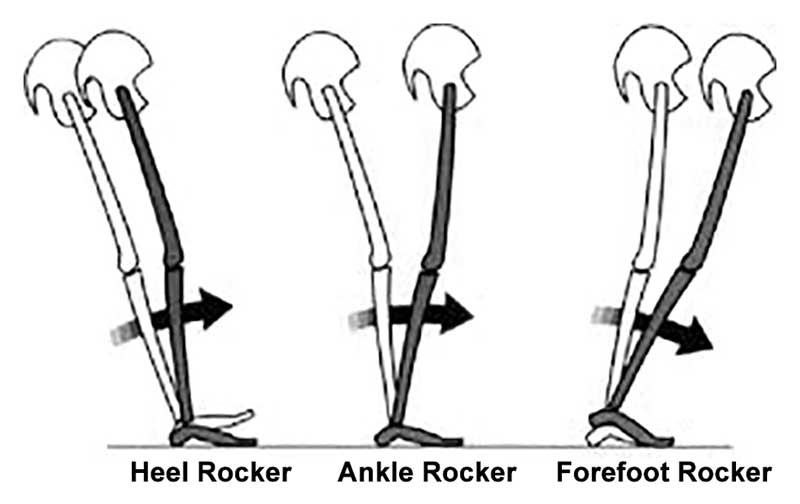
Figure 1: Comparison of Heel Rocker, Ankle Rocker, and Forefoot Rocker.
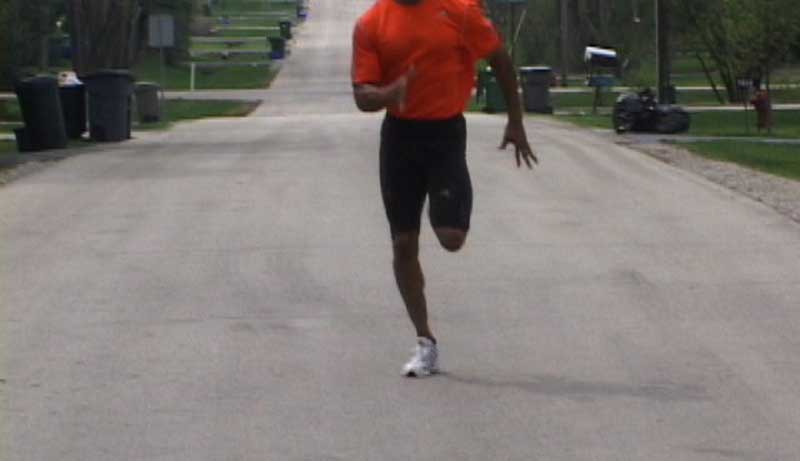
Figure 2: Here is a world champion sprinter. Notice how there is a straight line going down his side. His momentum and vectors will be straight ahead.
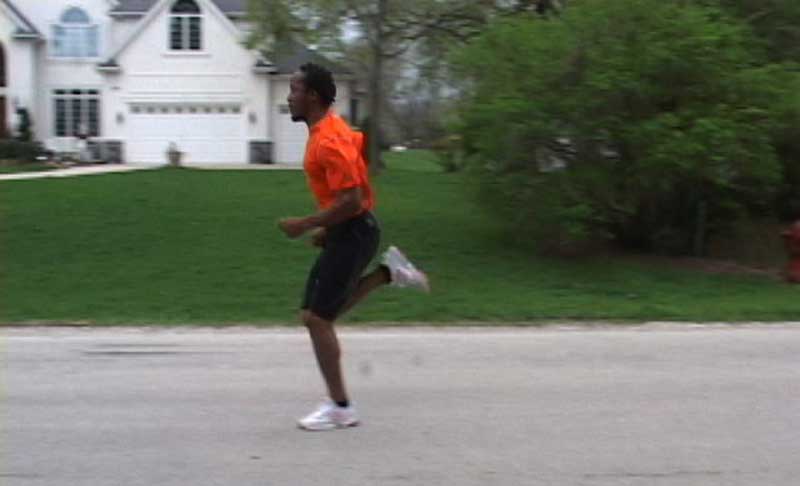
Figure 3: Here he is at midstance. Great position with his ankle rocker ready to engage to bring his momentum straight ahead.
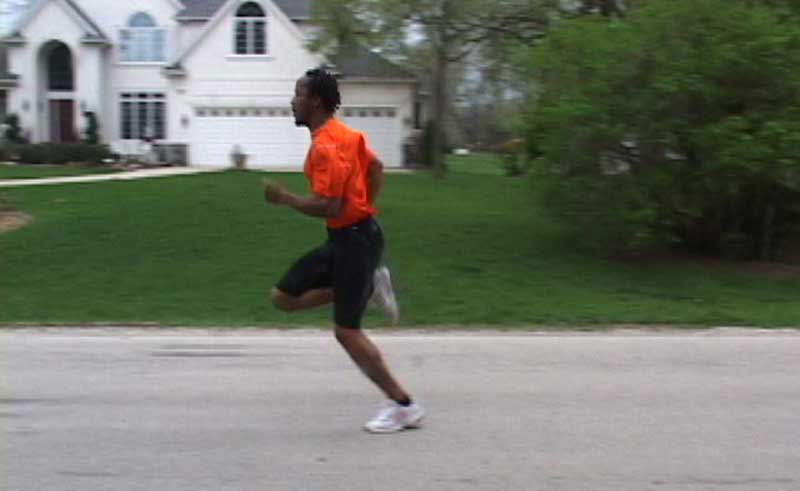
Figure 4: Here, he is between mid-stance and toe-off. You can see his ankle bending so his momentum will go straight ahead rather than rotate around hip shin.
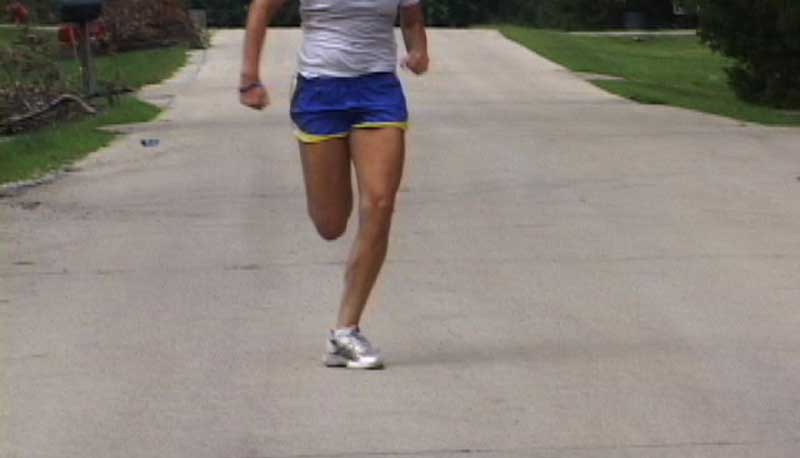
Figure 5: Here is an inefficient ankle rocker. The outside of her heel is on the other side of the body. She has little ankle rocker so she can turn her feet out to get around her shin, helping the movement by driving with her arms. This is very common with female soccer athletes.
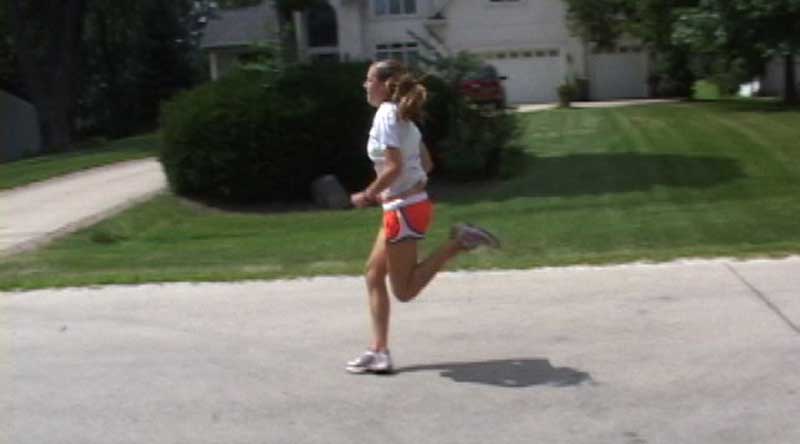
Figure 6: Here, she is from the side, almost at mid-stance but no bend coming in the ankle.
Believe it or not, it is proper ankle rocker that dictates an athlete’s ability. If you are telling people to get low out of a stance, it is the ankle bend that gets you there, regardless if you are talking out of the blocks or a lineman stance. It is also what gives you quick feet off the ground. If your hips are in line and your weight rolls through, little time is spent having the weight move around the leg or the foot spinning on the ground. All momentum is moving forward. Energy is saved, and the runner has more energy at the end of the race. This brings up an interesting tangent. What if time improvements were about increasing efficiency and not about all of the volume work athletes do? It’s just a thought.
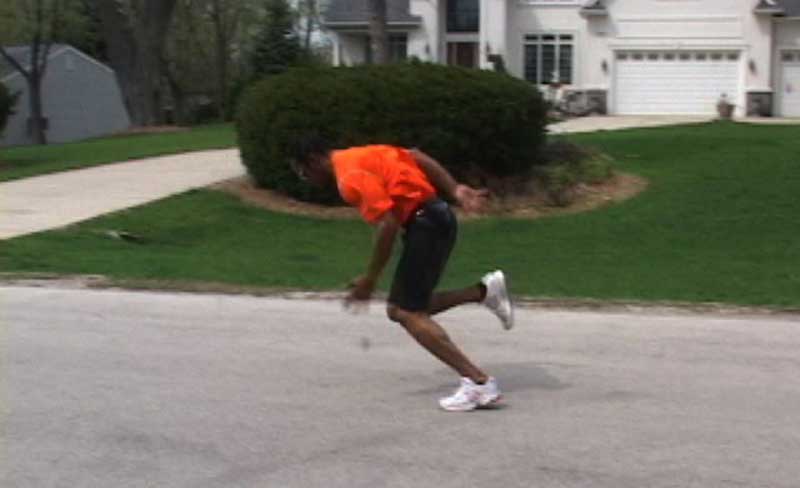
Figure 7: This is a freakish ankle rocker in this elite athlete. He has an easier time staying low if his shins can keep the angle. Telling athletes to stay low may be detrimental to their performance if their ankles can’t bend, forcing them to keep their torsos low while their shins are high. Now, they can’t pick up their heads or their butts are too high. How many high school line coaches have yelled to keep butts low and faces up? It puts them in a very disadvantageous position.
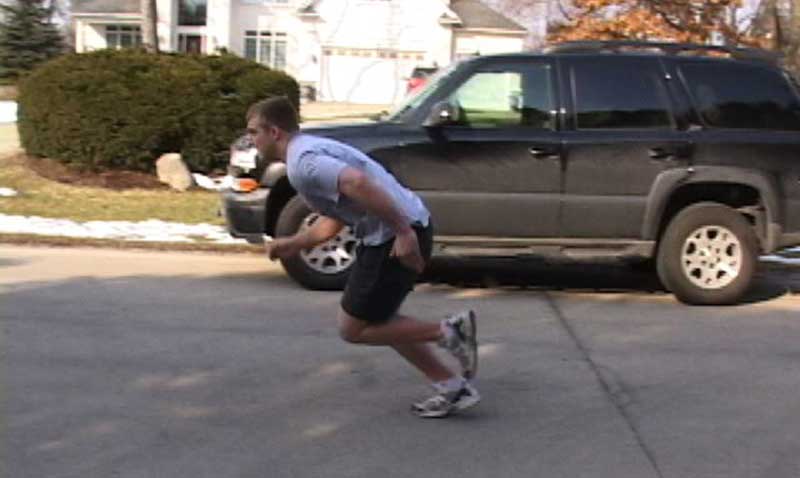
Figure 8: Big or small, the ankle rocker is key. This is a 300-lb Big Ten center. He can run a good 40 because his ankles bend, and he keeps low out of the blocks. His 300 lb of momentum is going forward and not rotating while moving forward.
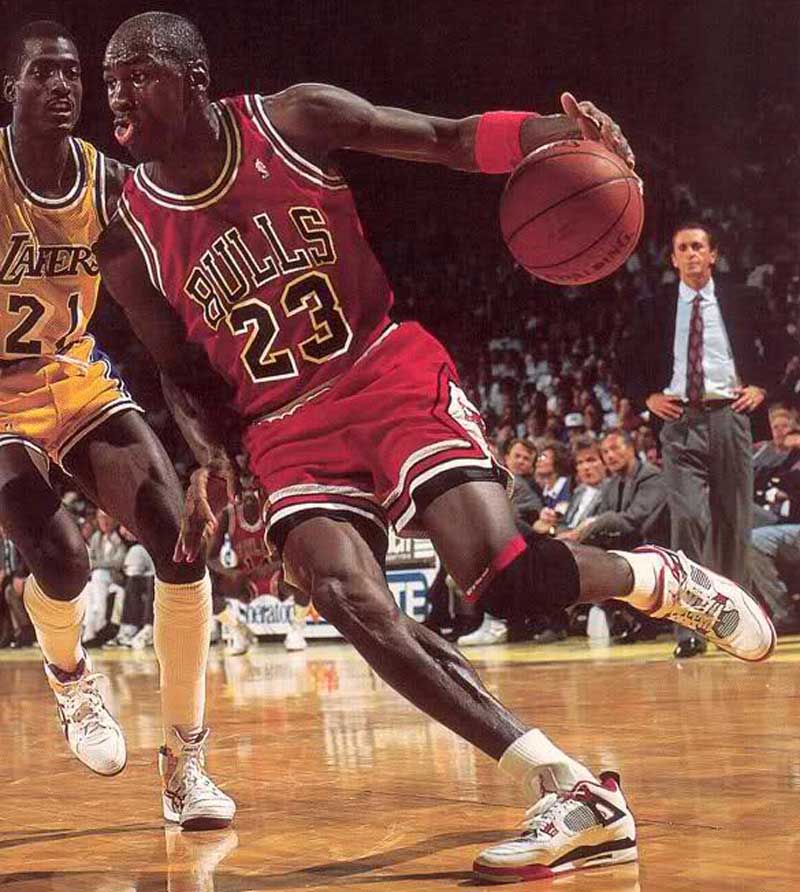
Figure 9: Michael Jordan could stay low and cut due to his freakish ankle rocker.
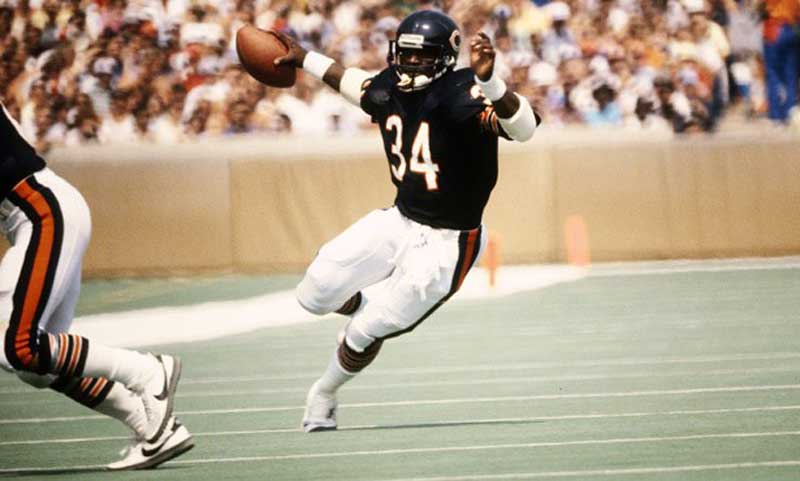
Figure 10: I am from Chicago. If I have Jordan, I need Walter Payton too. Again, this is a freakish ankle rocker although at a bad angle. Look at the shin angle. Plus, I just needed to get him in the article.
Progression
How does a coach go about developing Ankle Rocker? It is a progression. And it takes lots of reps and time. It starts with the ability to pull your foot into dorsiflexion. If you are sitting on the floor with your legs out, you should be able to pull your legs back to 110-120 degrees. Now, try it with your knees slightly bent. You should be able to do it about the same either way. Try rotating your feet side to side, like a windshield wiper. Do you notice that your range of motion may change as you rotate through your range of motion? An athlete can progress to sitting in a chair. With his feet on the ground, have the athlete practice pulling his forefoot up while keeping his heels on the ground. Again, shoot for that range of motion. To challenge the athlete, slowly bring the heels under the athletes’ butt while sitting. Notice how the range of motion shortens. So the goal is to get your feet as far under your butt while maintaining the range of motion. The next progression is to get off your butt and get to a single leg. A supported single leg squat is a great way to develop the rocker, but now comes a twist. To help strengthen the rigidity of the foot, we will pull our toes back and just allow the balls of our foot to be on the ground. We are trying to teach a proper tripod. The importance of a good tripod is that when your body feels a stable platform to push on, it will push. If not, it will roll or spin until it feels strength, and it will then push. This is how you develop foot quickness. It is more of an ankle squat on a tripod. Think as if your knee were getting pulled forward, and when you start the hip bend, go into it a tiny bit and drive your shin straight. Notice how much glute is getting involved in the squat. Some people believe the more ankle rocker, the more glute gets involved. Also, use your glute med to support your hip. The opposite hand can help stabilize your body. The final skill to learn is the ankle rocker shuffle. Dr. Shawn Allen of the Gait Guys, whom I learned all of this from, explains it perfectly on his YouTube clip. He has some other great videos on the topic as well. The early ones are my camera work; that is why I am not in Hollywood.
Every track practice or workout of mine has some form of ankle rocker exercise involved. We may be shuffle walking and doing rocker pops, ankle rocker up stairs, etc. to constantly work on this movement. It is also a great way to reduce injury. It is quite a stress on the body to rotate or spin around an ankle that doesn’t work. Watch old video of Tyson Gay and watch his right ankle spin. I would guess that he has limited ankle rocker in that ankle, and the curves weren’t helping it either.
Ankle Rocker. Is it a magic bullet that we have all been looking for? No, that doesn’t exist. Running is incredibly complicated. But is it something that if we give our athletes, they will improve? Yes, I do believe that is true.
Please share this article so others may benefit.
[mashshare]
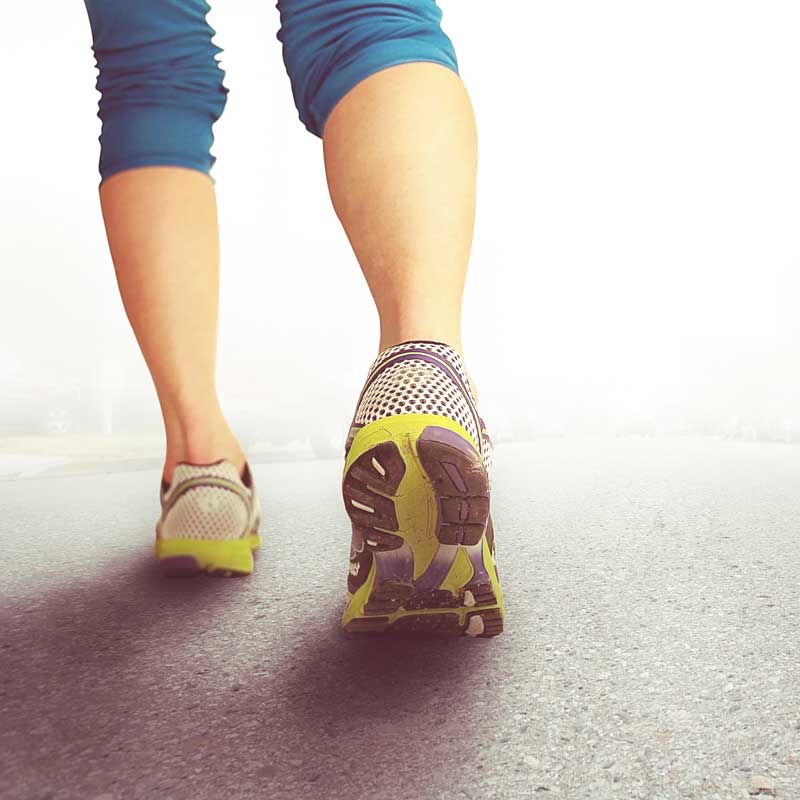


Hi Chris!
Thanks for coming on board to write a series of articles for the speed community! You image of Michael Jordan made me think of something Gary Gray noted many years ago about MJ. What he found remarkable about “His Airness” is that Jordan could apply the same amount of force in all three planes. It would explain why he could make a career out of a fall away jumper that few coaches would ever teach or encourage their players to take.
Hi Chris,
After working on improving ankle function for a long time this is some new and refreshing information for me. I work with lots of athletes who have structural limitations (bone spurs, and and capsular restrictions) and many ankle mobilization efforts have either been ineffective or aggravated the joint itself – do you have any additional suggestions for maximizing outcomes with this type of athlete? Thanks
Thank you!
But if dorsiflexion is blocked by an anteromedially dropped talus with strain through the whole posterior chain?
Any suggestions?
I really enjoyed this article. I am not a runner anymore, but I am an adult figure skater/ice dancer who has a had a lot of ankle injuries in the past. I found myself needing more mobility in my ankle, and your suggestions help a lot. I’m going to share this wisdom with fellow adult skaters. Thanks so much!
I have bone spurs in both ankles right on my talus bone. Definitely a struggle for me to dorsiflex completely.